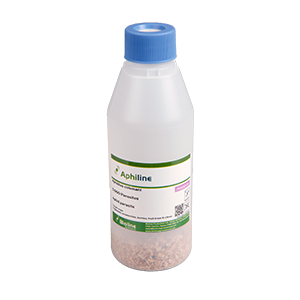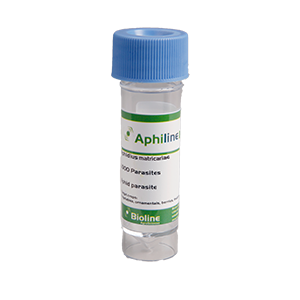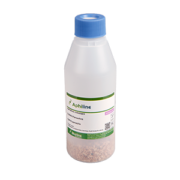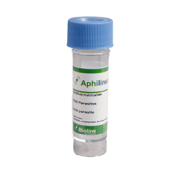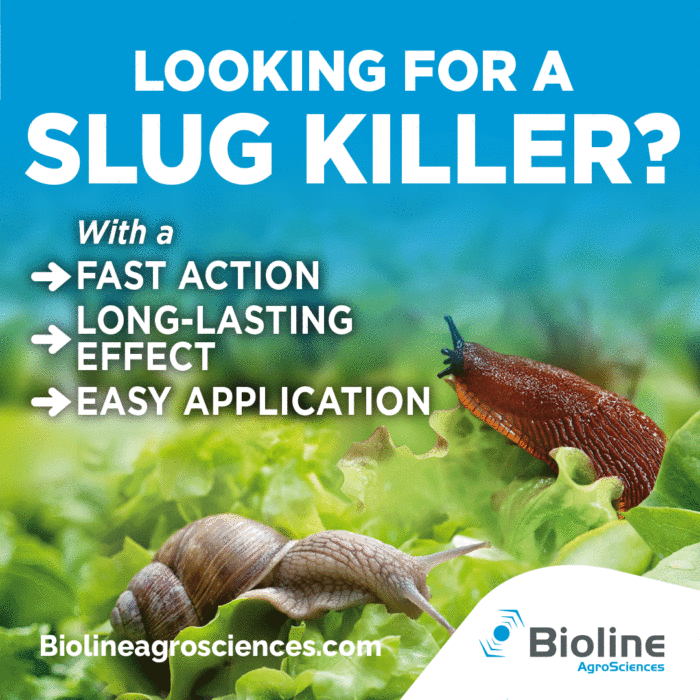Aphiline biological control agent contains the Braconid wasp, Aphidius colemani. This wasp stings and parasitizes smaller aphid species, such as the melon or cotton aphid (Aphis gossypii), peach aphid (Myzus persicae) and tobacco aphid (Myzus nicotianae).
Key Features
- Prevents aphid populations from developing and reduces moderate populations to non-damaging levels.
- Adults begin to emerge in transit, ready for immediate release.
- Not light sensitive – no diapause stage.
- Ventilation and food source available in packaging ensures adult survival in transit and storage.
- Suitable for all greenhouse crops.
Main uses
- Aphids

